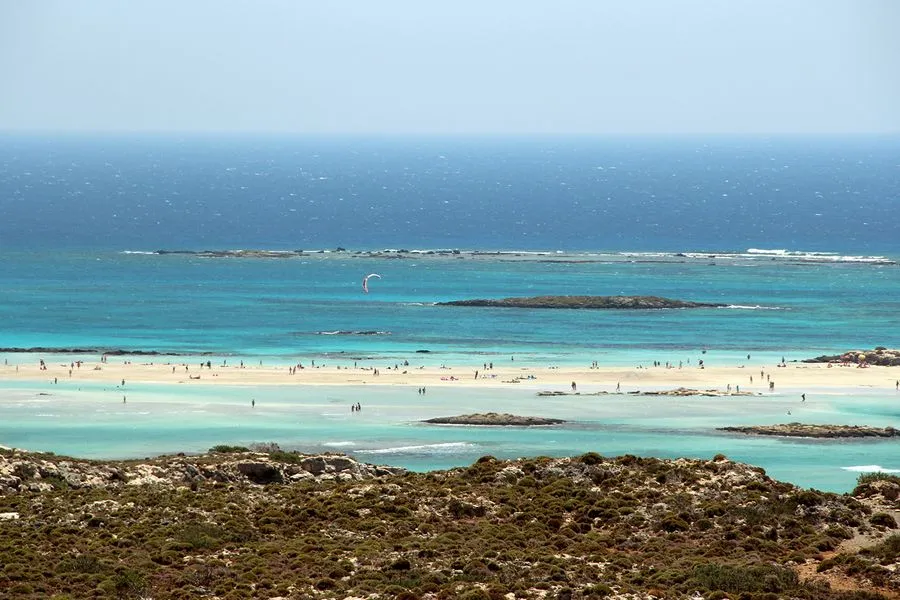Efforts to ensure the long-term conservation of Elafonisi’s rich biodiversity are moving forward, as the local Action Plan Monitoring and Implementation Committee convened to assess the situation. The committee, formed by a decision of the Secretary General for Natural Environment and Water, held its fourth meeting on April 15, 2025, to evaluate the progress of protective measures in this ecologically sensitive region of Chania.
These measures—outlined in a Joint Ministerial Decision (Government Gazette 752Δ/2023) and a separate Ministerial Decision (Ref. 6ΠΨΘ4653Π8-ΡΦ6)—include restrictions and conditions based on seven environmentally classified zones. The objective is to prevent irreversible environmental damage until a Presidential Decree formalizing long-term protections is issued.
Seven Zones, Seven Strategies
The defined zones include areas of pure ecological and environmental interest. Within each zone, specific rules govern land use, allowable construction, and permissible activities. Among the zones experiencing the most environmental stress are:
-
Zone A1: Aspri Limni (White Lake)
-
Zone A2: Kedrodasos (Cedar Forest)
-
Zone A3: Elafonisi and the opposite coast, including the Voulismeni area
The Committee reported notable improvements in the ecological condition of the area since the new regulations took effect. A meaningful recovery of local ecosystems is anticipated in the near future as the action plan continues to be implemented.
However, Zone A3—Voulismeni and the Elafonisi beach—remains under intense pressure due to high visitor traffic. Notably, the ban on vehicle access has not been fully enforced. Campers and other vehicles continue to drive through and park in this protected zone. Some of these vehicles belong to businesses operating in the area, and unauthorized structures supporting water-based recreational services have also been identified.
Violations and Legal Framework
The committee emphasized that, under Article 3 of the Joint Ministerial Decision (752Δ), parking and the presence of caravans or any type of vehicle are strictly prohibited in Zone A3. Violations are subject to penalties as defined in Article 30 of Law 1650/1986.
Additionally, the Ministerial Decision concerning the restriction of vehicle access to Elafonisi beach makes it clear that permanently parked campers in Zone A3 are not exempt from the vehicle ban. No vehicles—including those used by businesses such as food kiosks or water sports operators—are allowed to circulate or remain in the core of the protected area, in accordance with Article 13, paragraph 4a of Law 3937/2011. Furthermore, no approvals have been granted for recreational facilities in this zone by the competent authorities.
Additional Pressures: Stray Grazing
In the past year, a large number of free-roaming goats and sheep have entered Zones A1, A2, and A3. Their presence is damaging protected species—especially the ancient cedar trees that define the Kedrodasos landscape. Grazing in these zones is explicitly forbidden under the Joint Ministerial Decision.
A Call for Responsibility and Vigilance
Given the ecological significance of Elafonisi and the increasing pressures on its habitats and species, the Committee stresses the urgent need for more robust enforcement and monitoring. In cooperation with relevant authorities, it plans to take further action in the coming months.
At the same time, residents, visitors, and business owners are urged to respect and support the enforcement of protective measures to help preserve one of Crete’s most iconic natural environments.


